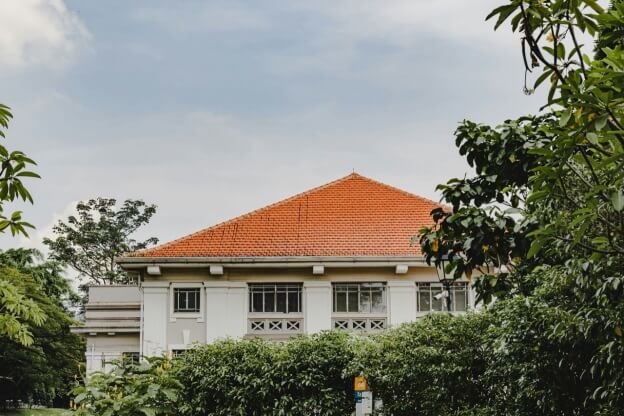For many a decade, lead ascended the throne of roofing materials, esteemed for its robustness and adaptability. Yet, there’s a shifting tide as the material faces increasing scrutiny due to escalating ecological and health apprehensions. This intricate weave of regulatory gaze and altering policies has set both homeowners and construction experts on a quest for alternative options that marry both sustainability and economic astuteness.
The Unseen Toll of Lead Roofing: Health & Environmental Reverberations
Over time, lead roofing, despite its illustrious endurance and defensive prowess against severe weather, has revealed darker facets. We can no longer overlook the pernicious environmental impact and health risks accompanying this material. The spectre of lead exposure hangs heavy, causing a panoply of health anomalies, with neurological damage being a stark concern, particularly for children and expectant women. This presents a clarion call for more stringent regulations and policies targeting the diminution of lead usage in construction, hence the dire need for safer alternatives.
The Dawn of Green Roofing Solutions
Fortunately, roofing’s future is bright with a surge of radical innovations. New and promising materials that purposefully address these concerns are breaking through the traditional paradigm:
Recycled Rubber: A product of repurposed tires and other rubber objects, recycled rubber roofing harmonises sustainability with remarkable durability and weather resistance. Its insulation merits not only promote energy conservation but also beckon the green thumbs among homeowners.
Aluminium: Embodying a balance between lightness and strength, aluminium roofing is entirely recyclable and has the added benefit of deflecting sunlight, consequently reducing heat absorption and cooling expenses in homes. Its longevity and low-maintenance needs make it an economically savvy choice over the long haul.
Solar Tiles: These are the vanguard of eco-friendly roofing. Beyond just protection, solar tiles are electricity producers and come with considerable energy savings. Although they require a more significant initial investment, the enduring financial benefits they offer, along with potential government incentives, make them an enticing prospect.
The Fiscal Merits of Novel Roofing Materials
Adopting these pioneering materials can yield considerable financial advantages:
Lower Installation and Maintenance Expenses: Alternatives like aluminium and recycled rubber are not only simpler and faster to install than their lead counterparts but their durability also trims maintenance costs significantly over the years.
Energy Conservation: With sunlight-reflecting or power-generating options like aluminium and solar tiles, homeowners can anticipate slashed utility bills. These savings can easily neutralise the initial installation cost.
Tax Incentives: Governments in many regions extend tax credits and rebates for installing green roofing solutions, further boosting their economic appeal.
This transition from lead to alternative roofing materials represents more than a mere trend in residential roofing services by H Roofing Solutions and beyond. It is a compulsory move towards a sustainable future. Progressive homeowners and construction professionals, who are at the helm of this change, understand that the benefits go beyond environmental considerations and extend to long-term economic advantages. By choosing recycled rubber, aluminium, or solar tiles, they are securing safer, more affordable, and sustainable roofing solutions.
Integrating these revolutionary materials into our construction practices meets current regulatory standards and positions organisations and homeowners as pioneers in environmental guardianship. The question we face is not so much if we should transition, but how soon we can initiate this change.



